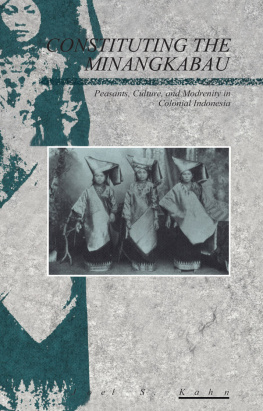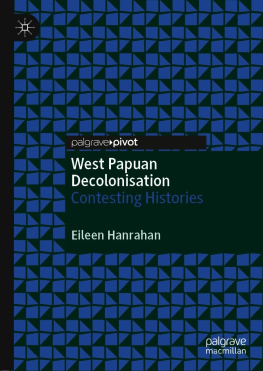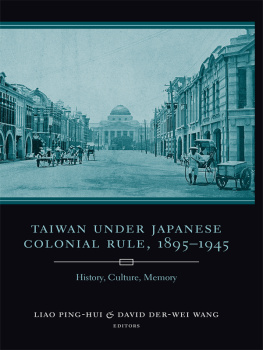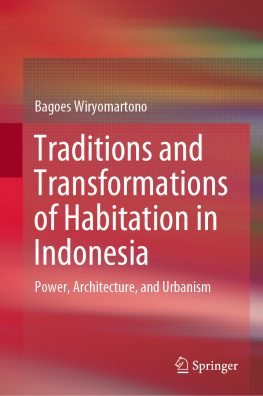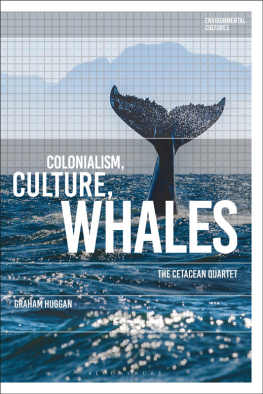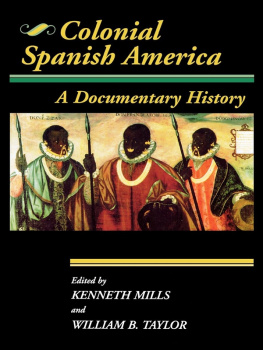First published in 1993 by Berg Publishers
Published 2020 by Routledge
2 Park Square, Milton Park, Abingdon, Oxon OX14 4RN
605 Third Avenue, New York, NY 10017
Routledge is an imprint of the Taylor & Francis Group, an informa business
Joel S. Kahn
All rights reserved. No part of this publication may be reproduced or transmitted in any form or by any means, electronic or mechanical, including photocopying, recording, or any information storage or retrieval system, without prior permission in writing from the publishers.
Notice:
Product or corporate names may be trademarks or registered trademarks, and are used only for identification and explanation without intent to infringe.
A CIP catalogue record for this book is available from the British Library.
Library of Congress Cataloging-in-Publication Data
Kahn, Joel S.
Constituting the Minangkabau : peasants, culture, and
modernity in colonial Indonesia / by Joel S. Kahn.
p. cm.
Includes bibliographical references and index.
ISBN 0-85496-316-2
1. Minangkabau (Indonesian people)History. 2. Minangkabau
(Indonesian people)Ethnic identity. 3. IndonesiaColonial
influences. I. Title.
DS632.M4K32 1992
306 .0899922dc20
ISBN 13: 978-0-854-96316-4 (hbk)
This book was originally conceived in the early 1980s when I began work on what at the time seemed a fairly straightforward piece of historical research. Having completed ethnographic research among Minangkabau villagers in West Sumatra, Indonesia and Negeri Sembilan, Malaysia, I became increasingly concerned to develop an understanding of the processes that might be said to have generated the situation I observed in the 1970s. There was in particular one characteristic of Minangkabau life that intrigued me, but that no amount of atemporal theorizing adequately explained. The close integration of Minangkabau within regional, national, indeed global economic, political and cultural communities has continually prompted scholars and other observers to predict the ultimate demise of a distinctively Minangkabau culture and form of social organization. At least from the turn of this century, it has been maintained that the impact of the modern world would eventually take as its toll that which is culturally distinctive about Minangkabau. And yet, at least when I was carrying out ethnographic research, the prophecy was still not realized. In their peasant-like forms of economic organization, their adherence to certain principles of matrilineal inheritance and kin-group control of land alienation and their everyday discourse on adat (custom) Minangkabau villagers on the face of things remain stubbornly premodern.
At the same time neither do the traditionalist images of Indonesian village life ring true to me. In many ways village life as I experienced it was intensely competitive, economistic and individualistic. Money, prices and the difficulties of earning a living, together with intense and often highly malicious gossip about the pecuniary nefariousness of government officials, merchants and even close friends and neighbors were everyday topics of conversation. Communal rituals known on Java as selamatan and in Minangkabau as baralaik were mostly perfunctory affairs. The romanticized images of Minangkabau and Indonesian tradition jarred considerably with my own experiences of an intensely competitive not to say anomic daily routine.
In my early writings on Minangkabau I already had the suspicion that the origins of Minangkabau tradition, and of its peasant economy, lay not in the shrouded mists of time but in fact in the period of Dutch colonial rule. I therefore assumed that a foray into the colonial archives would at least provide me the information to trace the development of Minangkabau village communities over the last century or so, and hence assist me in explaining the emergence of the social and cultural forms I described for the 1970s.
But although I spent long hours reading through indices of archival holdings of the former Ministry of Colonies housed in the Algemeen Rijksarchief in The Hague, and as a consequence acquired some 70 rolls of microfilmed documents, I was rarely able to find information that seemed very useful to this task. It took me some time to accept what a number of historians had already tried to convince me of, namely that the archive is a cultural artifact, constructed by people whose concerns were not mine, and that I was naive to assume otherwise.
In the meantime the project faced other challenges. Since my early work the social sciences in general, and anthropology in particular, had become locked into a reflexive mode, further challenging my ability to represent, much less analyze or explain other cultures in languages of social enquiry that I had previously accepted. And more importantly for me, friends I had grown to know and respect over some years of on again off again research in Indonesia, and particularly Malaysia, increasingly began to ask me awkward questions about my role as an outsider seeking to do research in a culture not my own.
These are some of the reasons why what was originally envisaged to be a straightforward history of the political economy of Minangkabau villages turned into something quite different. Perhaps, ironically, what it has now turned into is not a history at all but an ethnography. For to the extent that an ethnography is a textual representation of another culture, then this book too is an ethnography. It is an account of that phenomenon that has come to be called Minangkabau culture. But unlike at least my own earlier accounts of Minangkabau, here I treat Minangkabau culture as itself a cultural artifact. Therefore when I maintain that this book is an account of another culture, what I mean is that it takes the idea or concept of Minangkabau, what I have termed the constitution of the Minangkabau in the discourse of a variety of Minangkabau and non-Minangkabau alike, as its focus. It does not pretend therefore to be an account of what the Minangkabau villager really thinks. Instead it attempts to locate a particular anthropological project the constitution of Minangkabau cultural otherness within the historical processes that I originally set out to study.
To explain why I persist in such a claim, I would offer a brief word on the nature of anthropological imagery. It is now a commonplace for an anthropologist to introduce his or her ethnography by means of a discussion of the sets of images by which the culture under scrutiny has previously been represented. It is, fur-thermore, a commonplace for the same ethnographer to proceed to deconstruct that imagery, to expose its orientalist and/or ethnocentric prejudices as a prelude to the ethnographers own account of that culture (now justified as freed of ethnocentric/Eurocentric prejudice). But if previous observers of the culture in question were so bound up in their own preconceived ways of perceiving otherness, what permits us to escape them? And even if we could do so, what makes us think that the exercise is necessary? Do we need anthropologists to speak for others? Are not others perfectly capable of speaking for themselves?
This book begins with the assumption that anthropological concepts of otherness are created images rather than mere reflections in text of cultures already existing out there in the world. The anthropological struggle to escape this fact is itself a part of our own cultural and intellectual history.

